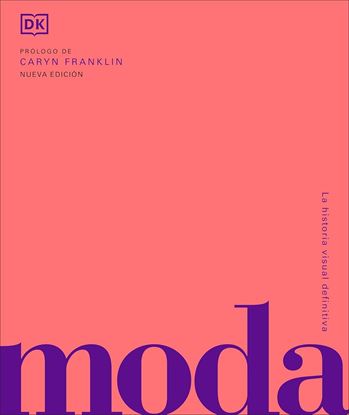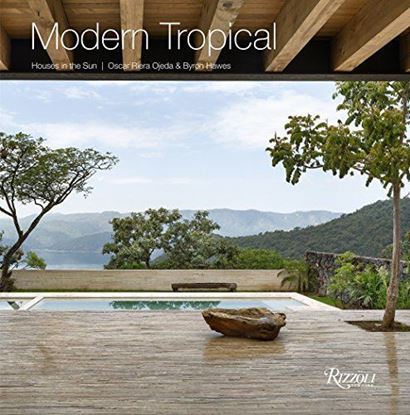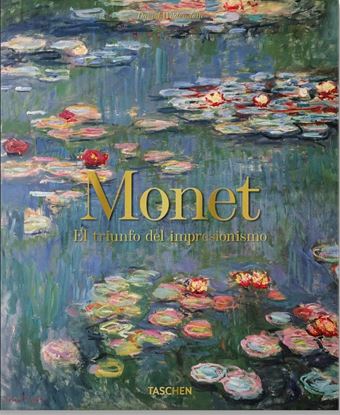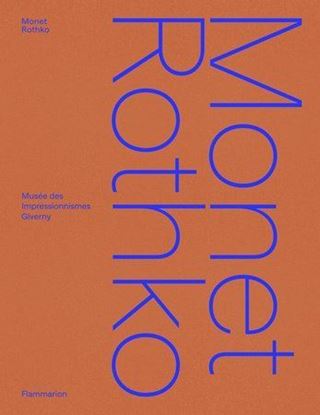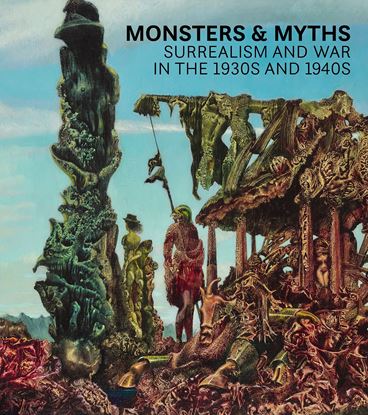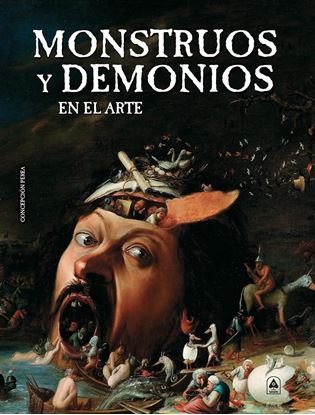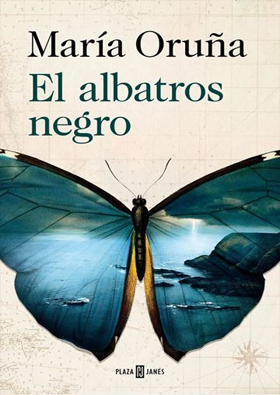

MODA. HISTORIA Y ESTILOS
Este magnífico libro es la guía visual definitiva de todas las prendas que se han llevado a lo largo de la historia: desde la extravagancia del antiguo Egipto hasta los diseños contemporáneos más innovadores, pasando por las míticas casas de alta costura francesa.
Un deslumbrante compendio de prendas y tendencias para entender cómo la moda es el reflejo de cada época y cada lugar.
Esta edición en gran formato está totalmente actualizada y es una exhaustiva guía visual de las prendas que se han llevado a lo largo del tiempo.
2,500
MODERN TROPICAL. HOUSES IN THE SUN
Warm, inviting, embracing the indoor-outdoor lifestyle with a touch of the exotic, tropical modern homes are a dream of paradise realized.
Contemporary tropical residential architecture has risen from a geographically specific homegrown aesthetic to a source of inspiration for the world's great modern architects and designers. Set in exotic locales, with pools, lush foliage, colorful gardens, these homes define a way of life. Frequently elegant and uncluttered, the houses serve as models of smart and beautiful design with lots of ideas for homeowners who do not necessarily live in a tropical or subtropical climate, but who wish to have something of that appeal and sensitivity in their own home. This book presents some of the most innovative interpretations of the genre from the past five years by internationally recognized architects and interior decorators, such as Tadao Ando, as well the work of young up-and-comers of great talent, including German-born, Bali-based Alexis Dornier, and Mexico's Roof Arquitectos. Selected residences span the globe, from the southern United States, the Caribbean, and tropical regions of Latin America, to Southeast Asia, northern Australasia, and Africa. Modern Tropical explores the exotic material, color, cultural, environmental, and aesthetic choices of some of contemporary architecture's most beautiful residential properties. Each house is introduced with breathtaking interior and exterior photography and orientation plans, giving readers an in-depth glimpse of the rapidly evolving symbiosis between nature and shelter, indoor and outdoor, and rustic and polished, in a definitive examination of tropical modern living.
3,200
MONET. EL TRIUNFO DEL IMPRESIONISMO (KL)
Junto con J.M.W. Turner, ningún artista se esforzó más que Claude Monet (1840-1926) en capturar en el lienzo la luz. De todos los impresionistas, fue el hombre del que Cézanne decía "solo un ojo, pero ¡Dios mío, qué ojo!", el hombre que se mantuvo completamente leal al principio de la fidelidad absoluta a la sensación visual, pintando directamente a partir del objeto.
Se podría decir que Monet reinventó las posibilidades del color y que, ya fuera por su temprano interés en los grabados japoneses, su período como recluta bajo la resplandeciente luz de Argelia o su relación personal con los pintores más importantes de fines del siglo XIX, lo que creó Monet durante su larga vida cambió para siempre el modo en que percibimos tanto el mundo como sus fenómenos asociados. El punto culminante de sus exploraciones fue la serie tardía de nenúfares pintada en su propio jardín de Giverny, la cual, en su giro hacia la ausencia casi total de forma, es realmente el origen del arte abstracto.
4,200
MONET-ROTHKO
This comparison of the works of Monet and Rothko provides exhilarating new insight on these pioneers of abstraction and masters of color.
Recent research on late impressionism has highlighted the surprising correspondences between the work of impressionist paragon Claude Monet and that of abstract painters such as Mark Rothko.
This book offers an unprecedented dialogue between the paintings of Monet and Rothko, two artists who explored the frontiers of abstraction. It explores the uncanny similarities between their works, painted almost half a century apart, as well as the significance of the differences between the master artists’ styles. Monet conveyed the immediacy of his impressions of nature, while Rothko plunged the viewer into the depths of colors that he superimposed and interwove.
And yet this book—originally conceived to accompany an exhibition at the Musée des Impressionnismes Giverny and illustrated with sixty chromatically organized reproductions—reveals an undeniable relationship between their pictorial universes, challenging the viewer’s perception of abstraction and modernity. This confrontation, contextualized through the analysis of renowned critics, sheds new light on the oeuvre of two of the greatest masters of painting and offers fresh insight into the essence of what makes their works so inherently original.
1,995
MONSTERS AND MYTHS (OF3)
During the pivotal years between the world wars, Surrealist artists on both sides of the Atlantic responded through their works to the rise of Hitler and the spread of Fascism in Europe, resulting in a period of surprising brilliance and fertility. Monstrosities in the real world bred monsters in paintings and sculpture, on film, and in the pages of journals and artists' books. Despite the political and personal turmoil brought on by the Spanish Civil War and World War II, avant-garde artists in Europe and those who sought refuge in the United States pushed themselves to create some of the most potent and striking images of the Surrealist movement. Trailblazing essays by four experts in the field trace the experimental and international extent of Surrealist art during these years--and, perhaps most unexpectedly of all, its irrepressible beauty.
995
MONSTRUOS Y DEMONIOS EN EL ARTE
Miedo, pero fascinación; espanto, pero atracción. Nuestra relación con los monstruos es dual y contradictoria desde el inicio de los tiempos y precisamente por eso tantos artistas decidieron plasmar sus peores pesadillas y las causas de tanto horror en innumerables obras. Algunas de las más emblemáticas y oscuras están dentro de este libro. Pasar las páginas de este libro es un acto de valor, aunque todos sabemos lo seductor que puede ser el peligro.
1,450


